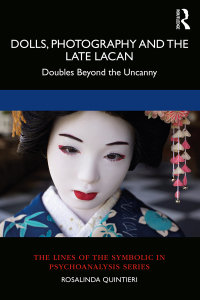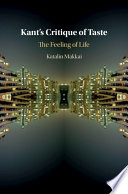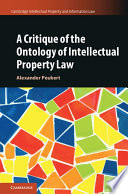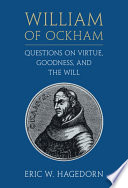Buy Dolls, Photography and the Late Lacan: Doubles Beyond the Uncanny 1st Edition PDF ebook by author Rosalinda Quintieri – published by Routledge in 2021 and save up to 80% compared to the print version of this textbook. With PDF version of this textbook, not only save you money, you can also highlight, add text, underline add post-it notes, bookmarks to pages, instantly search for the major terms or chapter titles, etc.
You can search our site for other versions of the Dolls, Photography and the Late Lacan: Doubles Beyond the Uncanny 1st Edition PDF ebook. You can also search for others PDF ebooks from publisher Routledge, as well as from your favorite authors. We have thousands of online textbooks and course materials (mostly in PDF) that you can download immediately after purchase.
Note: e-textBooks do not come with access codes, CDs/DVDs, workbooks, and other supplemental items.
eBook Details:
Full title: Dolls, Photography and the Late Lacan: Doubles Beyond the Uncanny 1st Edition
Edition: 1st
Copyright year: 2021
Publisher: Routledge
Author: Rosalinda Quintieri
ISBN: 9780367682002
Format: PDF
Description of Dolls, Photography and the Late Lacan: Doubles Beyond the Uncanny 1st Edition:
In this fascinating new book, Rosalinda Quintieri addresses some of the key questions of visual theory concerning our unending fascination with simulacra by evaluating the recent return of the life-size doll in European and American visual culture. Through a focus on the contemporary photographic and cinematic forms of this figure and a critical mobilisation of its anthropological complexity, this book offers a new critical understanding of this classical aesthetic motif as a way to explore the relevance that doubling, fantasy and simulation hold in our contemporary culture. Quintieri explores the figure of the inanimate human double as an “inhuman partner”, reflecting on contemporary visuality as the field of a hypermodern, post-Oedipal aesthetic. Through a series of case studies that blur traditional boundaries between practices (photography, performance, sculpture, painting, documentary) and between genres (comedy, drama, fairy tale), Quintieri puts in contrast the new function of the double and its plays of simulations on the background of the capitalist injunction to enjoy. Engaging with new theories on post-Oedipal forms of subjectivity developed within the Lacanian orientation of psychoanalysis, Quintieri offers exciting analyses of still and moving photographic work, giving body to an original aesthetic model that promises to revitalise our understanding of contemporary photography and visual culture. It will appeal to psychoanalysts and researchers from Lacanian psychoanalysis, visual studies and cultural theory, as well as readers with an academic interest in the cultural history of dolls and the theory of the uncanny.





